Our generation has experienced rapid advancements in technology. We stand at the edge of where the tech is ready to reshape business operations quickly. The frequency of these technological changes is incredibly high.
This is the perfect opportunity to embrace technology trends and drive your business forward. In this article, we are trying to show you the most effective technologies in the coming years to help you stay ahead of the competition.
These emerging trends in information technology create new opportunities and foster innovation, and if adopted at the right time in the business, you can keep a competitive edge in today’s business environment. This in-depth guide will take you through the top tech trends that will stay relevant over the coming years, discussing their impact, market potential, and growth prospects.
Top New Tech Trends in IT for Businesses
#1 Generative AI
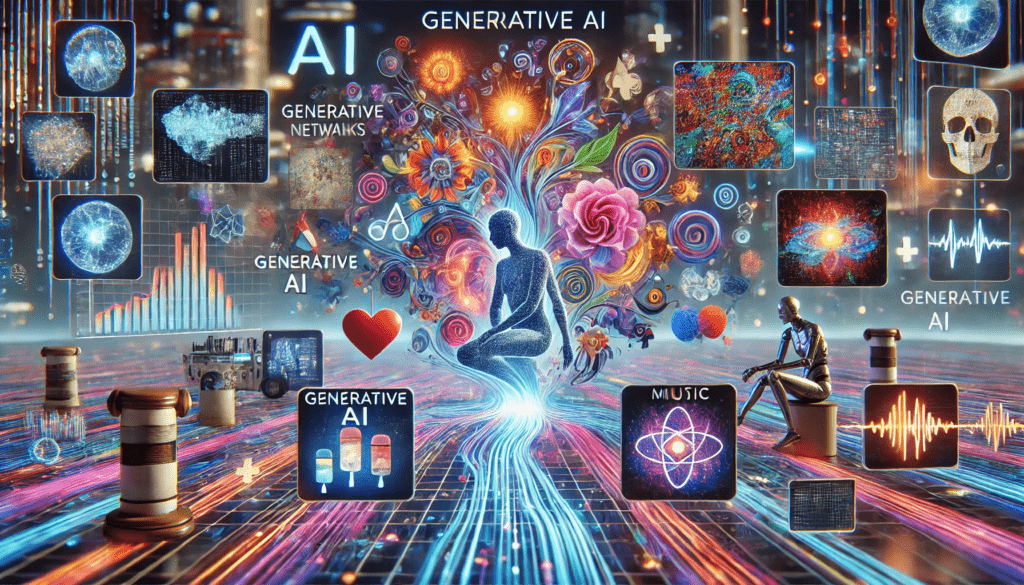
Generative AI, one of the most prominent technology trends of 2025, includes models that produce fresh content from analyzing data. It is transforming industries like natural language processing, art, music, and healthcare by facilitating human-like content generation, producing original artworks, and may help in better medicine development.
Generative AI helps your marketing endeavours create tailored educational content and better-personalised experiences. Its role in automation boosts efficiency and productivity across sectors, and its advancement demands collaboration across disciplines, making it a major force in tech innovation.
#2 No-Code/Low-Code Technology
Even though LCNC is not entirely new, No-Code and Low-Code (LCNC) technologies are becoming the centre of the talk and more advanced. This trend is gaining traction as businesses seek ways to bring efficiency and achieve better results. LCNC platforms can help your company reduce web and software development time, lower expenses, and enhance agility.
By 2025, it’s predicted that 70% of new business applications will use LCNC platforms, which are supported by major companies like Microsoft, Google, and Apple.
LCNC tools allow users to build apps and automate processes without writing complex code. These platforms use visual interfaces and drag-and-drop functions, making it accessible for non-developers to develop custom websites and applications. However, some argue that developers will still be necessary for more complex projects, and those who rely solely on LCNC tools without learning coding may have to face challenges.
#3 Internet of Things (IoT)
The Internet of Things (IoT) refers to a network of interconnected devices equipped with technologies that allow data collection and communication. These devices, such as sensors, appliances, and machines, gather and transmit data across a network.
IoT is revolutionizing various industries, from smart homes and cities to industrial processes, by enabling live-tracking, needed maintenance, and operational efficiency. For instance, smart homes can optimize energy usage, while IoT monitors machinery health and predicts failures before they occur.
IoT adoption is especially high in areas that benefit from automation technologies and data-driven decision-making, such as smart city projects and industrial automation, both of which have shown strong adoption rates.
#4 Blockchain Technology
Blockchain technology is a distributed ledger system that ensures transaction security and transparency, originally developed for cryptocurrencies like Bitcoin and Ethereum. However, its potential extends far beyond digital currencies, fundamentally transforming various industries. By providing secure, transparent, and decentralized transaction methods, blockchain is becoming a cornerstone of crypto marketing, enabling businesses to showcase trustworthiness and innovation.
In sectors such as finance, supply chains, and healthcare, the impact of blockchain is significant. For example, supply chain management enhances transparency by offering an immutable record of a product’s origin and journey, which can be crucial for consumer confidence and brand loyalty.
The finance sector has widely adopted blockchain, recognizing its ability to streamline operations and reduce fraud. Meanwhile, industries like supply management and healthcare are increasingly integrating blockchain to enhance data security and traceability. As companies leverage blockchain’s capabilities, they not only improve operational efficiency but also strengthen their marketing strategies in the competitive crypto landscape, fostering trust and reliability with their customers. This shift towards blockchain-driven solutions reflects a broader trend where businesses are not just adopting technology, but also using it as a powerful marketing tool to differentiate themselves in a crowded market.
#5 Automation in Business
Automation has been a popular concept for small businesses for some time, but business owners are now seriously considering automation to cut costs and address operational inefficiencies.
With persistent labour shortages in certain industries, investments in automation are expected to rise. For small start-up businesses, examples include automating pricing strategies to optimize profitability and income and using inventory management systems to maintain optimal stock levels.
It is expected that a new wave of companies will emerge that may focus on developing automated solutions. These companies will leverage cloud technology to accelerate the adoption of automation across various sectors.
Automation may have some challenges depending on certain factors. Some research says that data-driven automation will remain highly relevant. However, the lack of skilled employees may restrict the adoption of some forms of automation. For companies with the right expertise, automation will continue to yield significant benefits.
#6 Cloud Computing
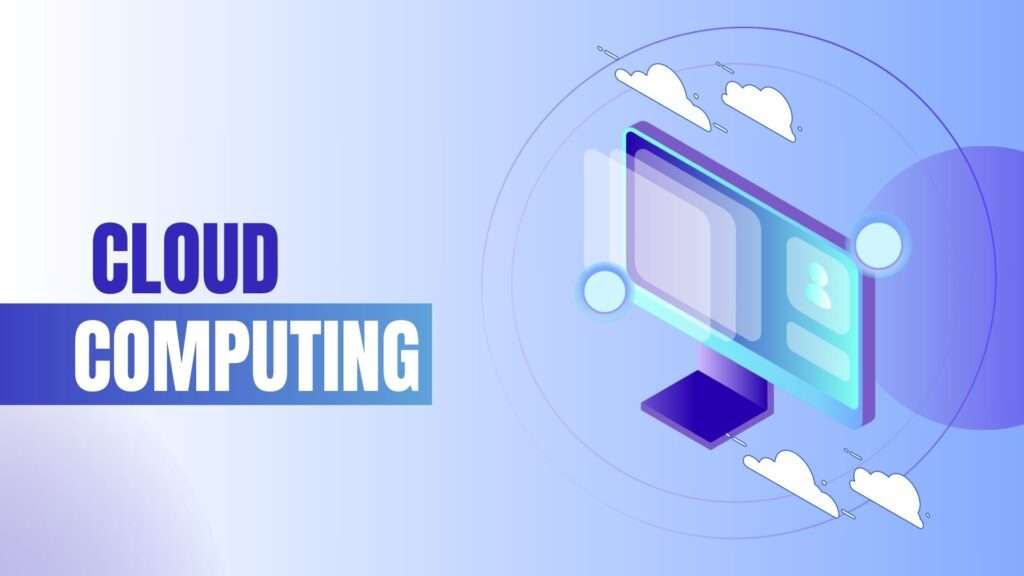
Cloud computing has been around for some time, but it remains essential for businesses managing data storage. The current trend in cloud computing revolves around serverless computing, which does not require managing infrastructure.
This technology lets developers focus on coding and deployment. Serverless computing works on a pay-per-use basis, providing scalability and cost-effectiveness where you have to pay only for the resources used. Additionally, it accelerates development cycles, increases agility, and supports microservices-based architectures. This shift signifies a movement towards more efficient and streamlined software development and deployment within the cloud ecosystem.
#7 Metaverse
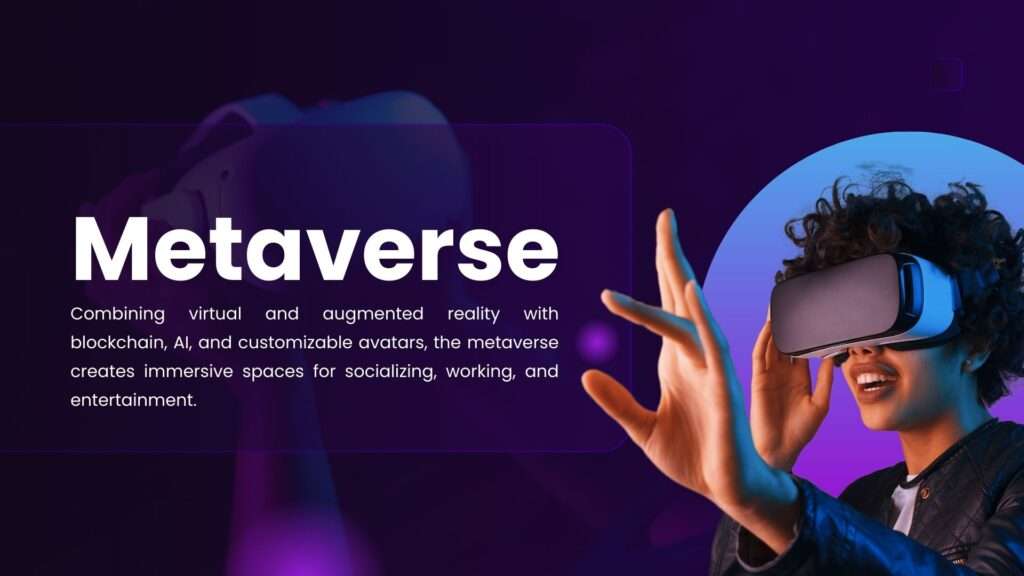
The metaverse is one of the most prominent technology trends of 2025. It blends virtual and physical realities, offering a new way to interact in the digital world. Combining virtual and augmented reality with blockchain, AI, and customizable avatars, the metaverse creates immersive spaces for socializing, working, and entertainment.
It also supports virtual economies fueled by cryptocurrencies and NFTs. As major tech companies like Meta, Google, and Apple invest in the metaverse, it has the potential to transform how we interact, making experiences more engaging and connected. However, there are some ethical considerations in the Metaverse space.
#8 Autonomous Vehicles

Autonomous vehicles, also known as self-driving or driverless cars, are among the most exciting technology trends of 2025. These vehicles feature sensors, cameras, radar, and AI-driven technology that makes it easier to navigate maps, evade traffic routes, and follow traffic signs, without requiring much attention from humans. Regular advancements in machine learning algorithms are improving their ability to make real-time decisions, strengthening safety, efficiency, and convenience in transportation.
As this technology progresses, autonomous vehicles minimize traffic accidents, ease congestion, and revolutionize transportation for both individuals and goods on a global scale.
#9 Big Data
In the face of economic uncertainty, corporate leaders remain resolute in investing in proven technology for profitable outcomes. A report says that a majority of digital executives are optimistic about the competitive edge big data and analytics can offer shortly.
#10 Quantum Computing
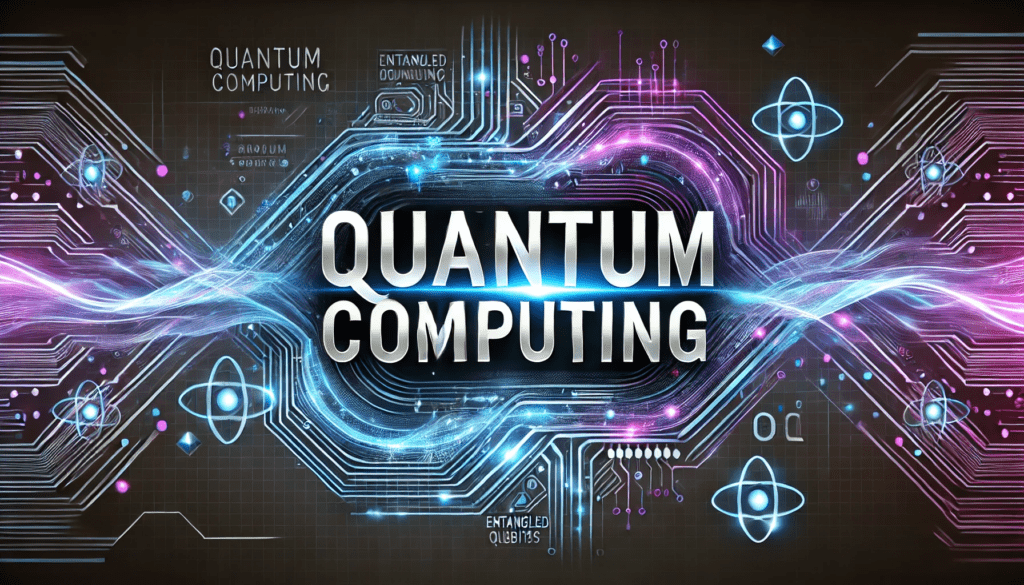
Utilizing principles of quantum mechanics, quantum computers are revolutionizing computational speeds, particularly in cryptographic applications and molecular simulations. While still in its infancy, quantum computing holds the promise of disrupting industries by tackling traditionally unsolvable problems.
#11 VR and AR in Retail

Immersive VR experiences are reaching new heights with enhanced features like improved display quality and interactive elements, expanding their utility in gaming, training, and therapeutic settings. On the other hand, AR is reshaping retail by enabling customers to visualize products in real-world scenarios, enhancing shopping experiences and reducing returns.
#12 Edge Computing
Edge computing’s decentralized data processing approach is proving vital for real-time applications, such as autonomous vehicles and industrial IoT, by minimizing latency. With a focus on local data handling, this technology is becoming indispensable for remote operations.
#13 Advanced Robotics
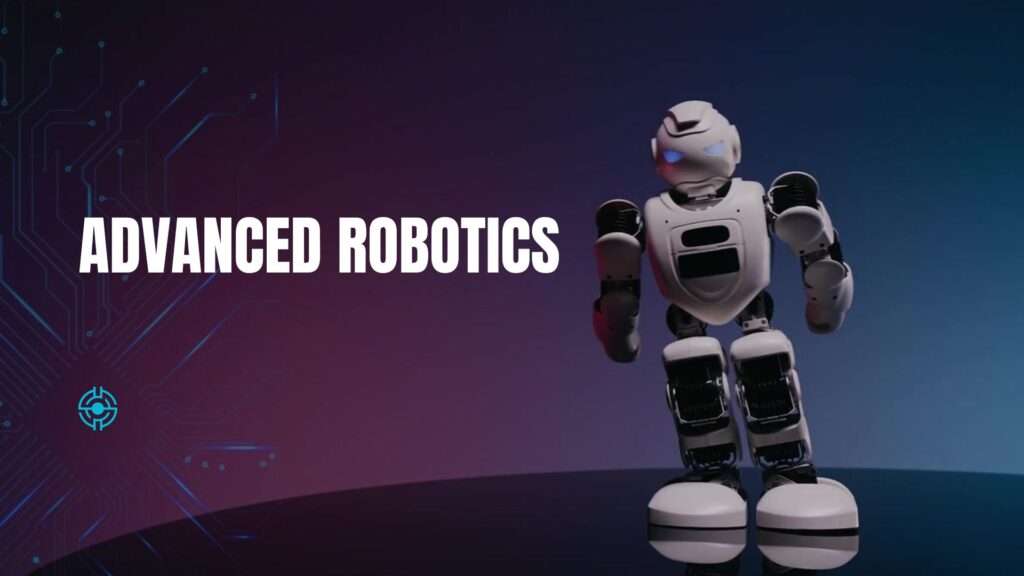
Modern robotics are capable of executing complex tasks independently across sectors like manufacturing and healthcare, augmenting human capabilities. With AI and machine learning driving progress, robots are becoming more versatile in their roles.
#14 AI’s Role in Cybersecurity

AI is transforming cybersecurity by automating threat detection and response processes, enabling proactive defence mechanisms against evolving cyber threats. Leveraging AI’s analytical prowess, organizations can fortify their security posture against sophisticated attacks.
#15 Advanced Analytics
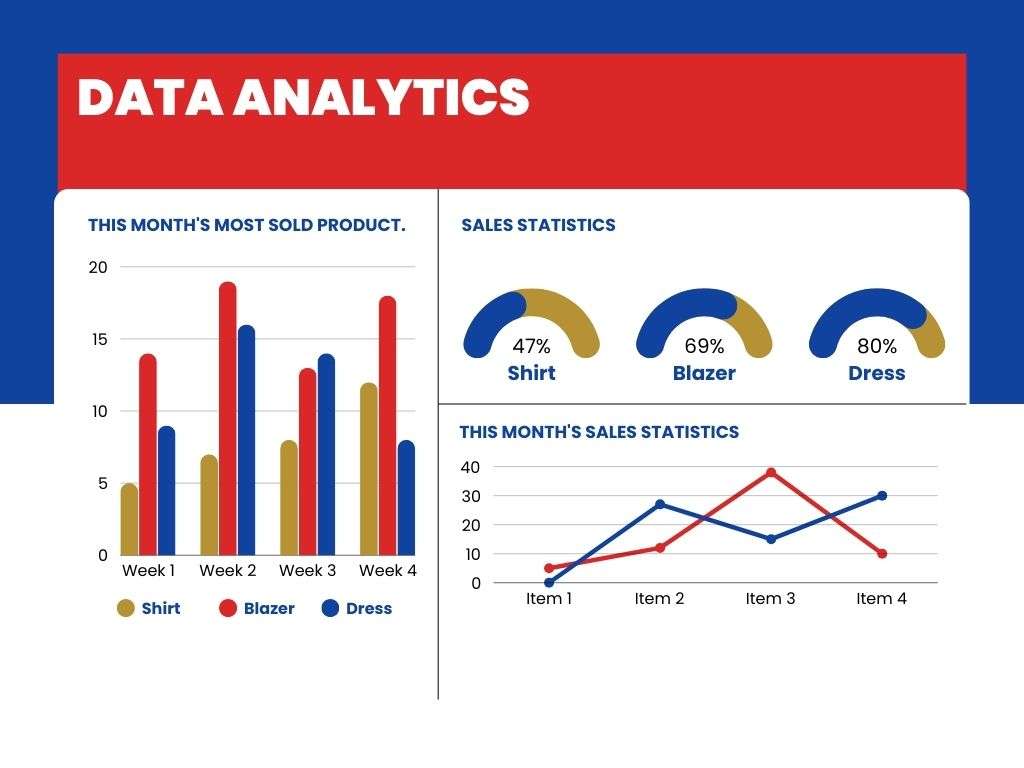
Businesses now have access to vast amounts of data related to their operations, including productivity insights, internal metrics, and customer data. Previously, many business owners had to depend on their experience and intuition to make key decisions. With the rise of various tools and software, companies can now access significant data about their operations, such as performance metrics and customer insights. Leveraging analytics helps businesses gain a deeper understanding of their operations and measure key areas for improvement.
For instance, in marketing, data can reveal the cost of acquiring a new customer. This information enables businesses to identify strategies to reduce expenses and maximize their return on investment. Moreover, data analytics provides insights into operational bottlenecks, helping businesses address complex challenges and improve overall efficiency.
#16 Natural Language Processing (NLP)
Natural Language Processing, or NLP, is transforming how computers interpret and process human language. It is the driving force behind chatbots, translation services, and voice recognition, making human-computer interaction more seamless. By utilizing sophisticated algorithms, NLP continues to advance, enhancing language understanding and leading to innovative applications in multiple sectors.
#17 Sustainable Technology
Additionally, sustainable technology is reshaping the world by prioritizing renewable energy sources, reducing carbon emissions, and supporting environmental sustainability. Innovations in solar, wind, and hydropower are improving the efficiency and accessibility of renewable energy.
Meanwhile, energy-efficient devices and electric vehicles contribute to lower emissions, while smart homes optimize energy use. Sustainable agriculture, water conservation, and the circular economy play essential roles in managing resources and reducing waste.
#18 DevOps and Continuous Integration/Continuous Deployment (CI/CD)
DevOps, along with Continuous Integration and Continuous Deployment (CI/CD), is revolutionizing the methods used in software development and deployment. DevOps emphasizes collaboration between software development teams and IT operations, fostering a culture of communication, integration, and automation throughout the software development cycle. CI/CD is a core aspect of DevOps, focusing on automating code integration, testing, and deployment processes, leading to more efficient software developments.
By using CI/CD pipelines, developers can quickly integrate code updates, automatically test, and efficiently deploy software applications. This results in faster time to market, greater flexibility, and improved software quality. The rise of this trend highlights the importance of streamlining workflows and using automation to enhance software development and delivery.
#19 Human Augmentation
Human augmentation is one of the top technological trends, focusing on enhancing human abilities through advanced technologies. This field is evolving rapidly, ranging from prosthetic limbs that mimic natural movements to brain-computer interfaces that allow direct interaction between humans and devices. Beyond physical enhancement, human augmentation also encompasses cognitive improvements, such as memory enhancement, better focus, and emotional health.
This emerging tech trend can transform healthcare, particularly for differently-abled people, and challenges the very notion of what it means to be human by aligning biology with tech advancements.
The Future with These Latest Technology Trends
The rate at which we are seeing the latest technological trends is not passing but stands as a powerful force reshaping the digital future. Keeping up with the top technology trends in 2025 is essential for those looking to stay ahead in the innovation curve. From the revolutionary impact of artificial intelligence to the interconnected world of the Internet of Things, these trends are the building blocks of today’s technological transformation.
Stay Ahead with Emerging Tech Trends
As we sail through this ever-changing landscape, keeping updated and flexible is crucial. Technology is becoming an integral part of human potential, and those who are willing to adapt will be at the forefront of this transformation and will lead their industry.
The tech industry’s trajectory is moulded by economic conditions, workforce expertise, and user interactions with emerging technologies. As these trends gain momentum due to increasing adoption and favourable returns, businesses, both big and at the initial stage, stand to benefit from their integration into operations at more accessible costs. Contact SAG IPL if you want to set your business up for success with the latest tech advancements.
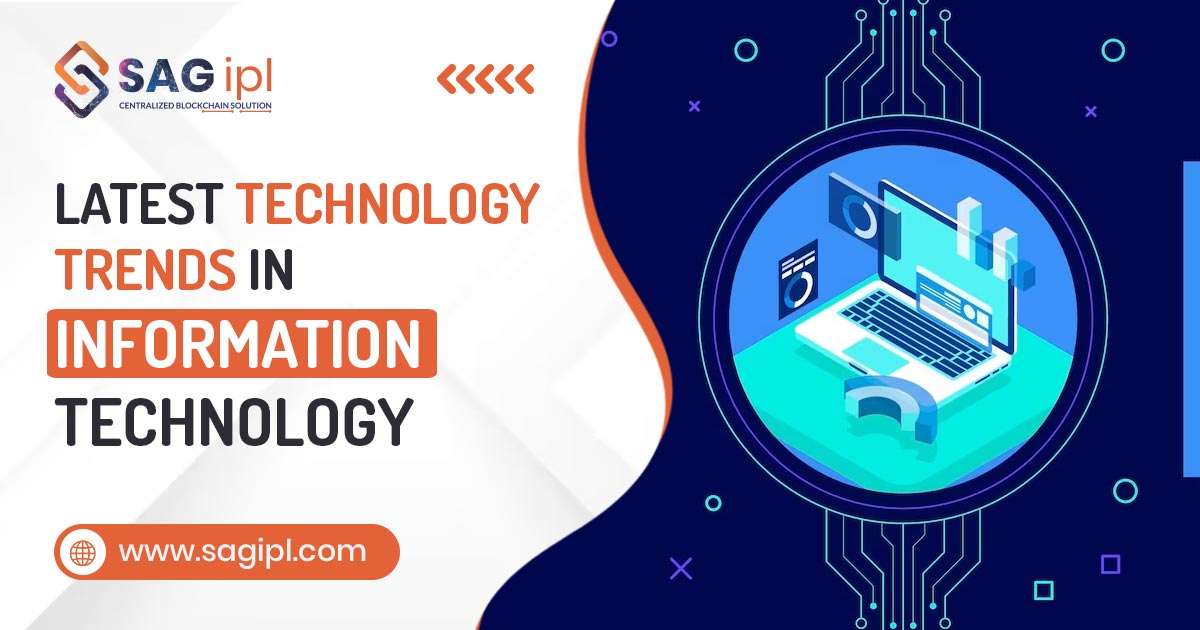

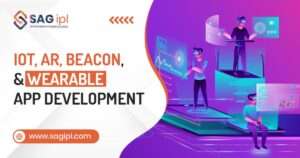
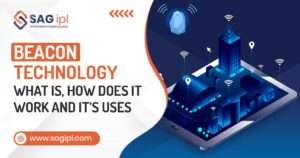


![A Guide to Augmented Reality Technology & Trends [2025] Augmented Reality Technology and Trends](https://blog.sagipl.com/wp-content/uploads/2023/07/Augmented-Reality-Technology-and-Trends-300x158.jpg)
